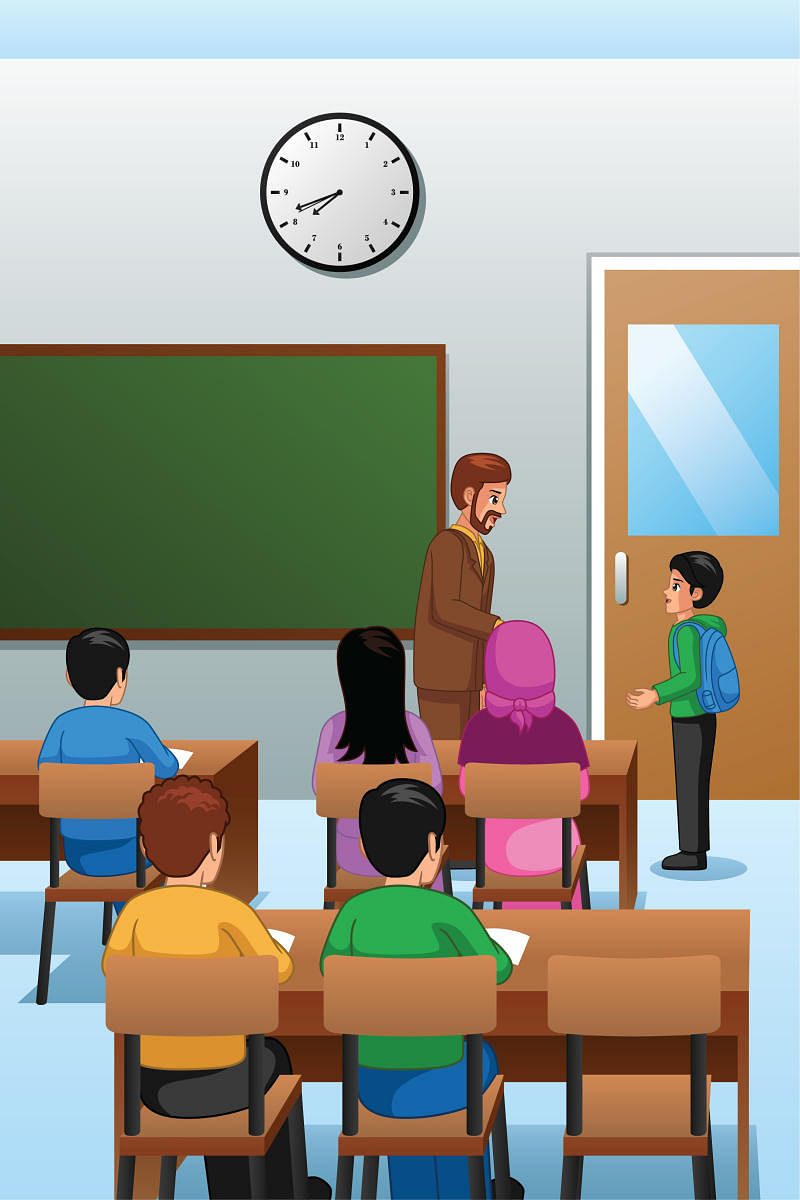Students should move beyond rote memorisation to “higher-order thinking”. This is a concept recognised by most school boards. Most Indian boards make it a point to include “higher-order thinking” questions in exams, while the IGCSE schools tend to follow Bloom’s taxonomy by providing students with exercises that tap into various levels of understanding.
So, besides recalling information, students are required to exhibit their understanding by sorting, comparing and contrasting, summarising or interpreting information. As they progress up Bloom’s ladder, students are also asked to apply, analyse, evaluate and finally create an original synthesis based on the concepts they have learnt.
Teaching for understanding goes beyond assessing students. In Making Thinking Visible, educators and researchers Ron Ritchhart, Mark Church and Karin Morrison outline “thinking routines” that teachers may deploy in classrooms to promote deeper engagement and understanding, thereby helping students grow into independent learners.
Unlike Bloom’s taxonomy, which places thinking skills in a hierarchy, the authors posit that each type of thinking has multiple levels. So, a student may describe a diagram in a detailed or shallow manner, or may analyse a set of data thoroughly or cursorily. Further, they argue that understanding results from engaging in various thinking activities is the best strategy. Additionally, various thinking processes are highly interlinked and are complicated and dynamic as opposed to progressing in a clear-cut, stepwise manner.
To identify the thinking processes that matter, Ritchhart, Church and Morrison urge teachers to provide exercises that require students to mimic the actual work of “real scientists, writers, artists.” Only when students engage in “authentic intellectual activity” can they truly understand the thinking processes that a field entails.
Teachers may provide more opportunities for students to deal with concepts and ideas (not merely on tests and exams), while also making their thinking more ‘visible.’ The authors argue that only when students are able to name various thinking processes, they are more likely to exercise conscious control over them.
Making of an observer
The researchers identify and describe various thinking routines that teachers may use to introduce content, help students synthesise concepts and then delve further into them. In a routine called See-Think-Wonder, the authors hope to help students become more astute observers, a skill that is invaluable to the sciences, visual arts, history or even everyday life. The first step asks students to observe any work, which may include a painting, video, cartoon, extract from a book or an object, and note only what they see.
Ideally, if a teacher selects an ambiguous image or object, students are more likely to engage with it meaningfully. So, students may write down what they see or notice. The teacher may emphasise that students limit their observations to what they ‘see.’ Thus, they need to tease apart their assumptions and interpretations and note down what they observe.
So, if they see a woman carrying a child in an image, they need to state only that. If they say that they see a mother and child, the teacher may point out how that is an assumption. There is no evidence to indicate that the woman is the mother, though she might very well be. In the second step, students may indicate what they think. For example, the woman may be the child’s mother. Likewise, the students may infer that the child is happy because he is smiling.
Synthesising the messages
Finally, students may be asked to state what they are wondering. While learners may find it hard to differentiate “thinking” from “wondering,” the teacher may guide them by suggesting broader themes that the picture or prose provokes. For example, do we encounter more pictures of women with children as opposed to men carrying offspring? Why is this the case and what does that say about gender roles in a given society?
After a teacher has introduced various concepts, he or she may want students to synthesise the main messages behind a lesson. Only if students grasp the key ideas or essence of what is being discussed, can we hope that their thinking has been advanced or altered in some way.
In a routine called Headline, the teacher may ask students to create a headline that captures the main theme behind a lesson. This provides a quick snapshot of how each student has processed a topic. While one child may get to the core of the lesson, another may focus on tangential details. This gives the teacher useful information on how many and which children actually understood the purpose of the lesson. The teacher may then work on repairing the understanding of students who didn’t get the crux of the lesson.
By using an arsenal of routines that the authors provide, higher-order thinking may become part and parcel of the classroom experience for children.
